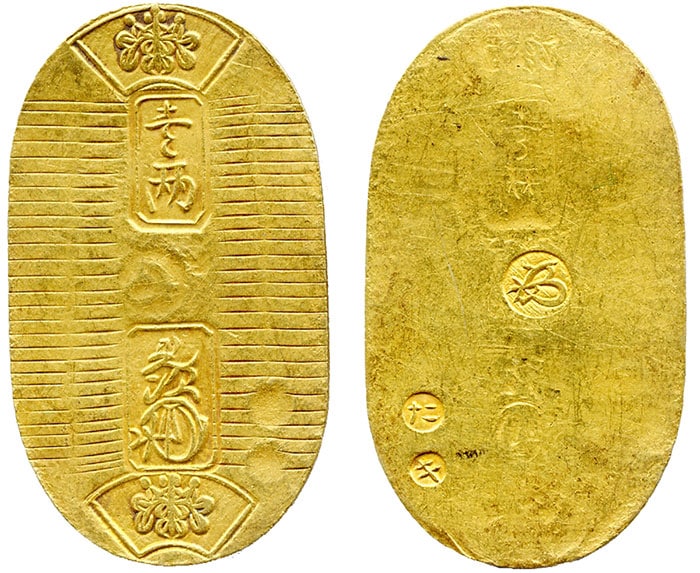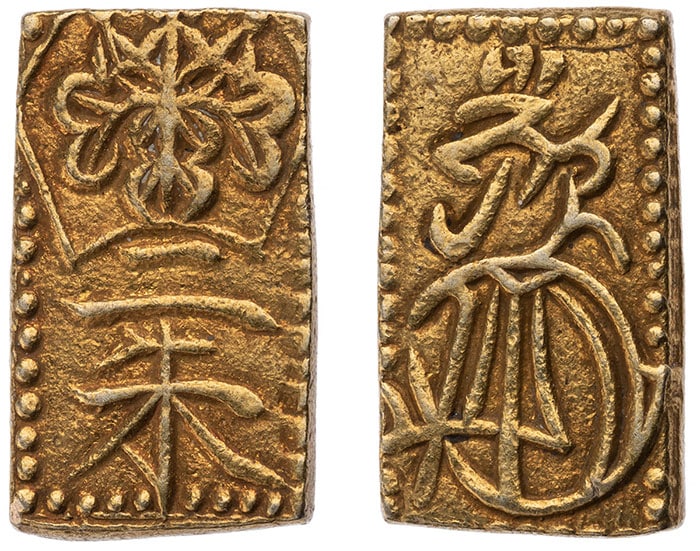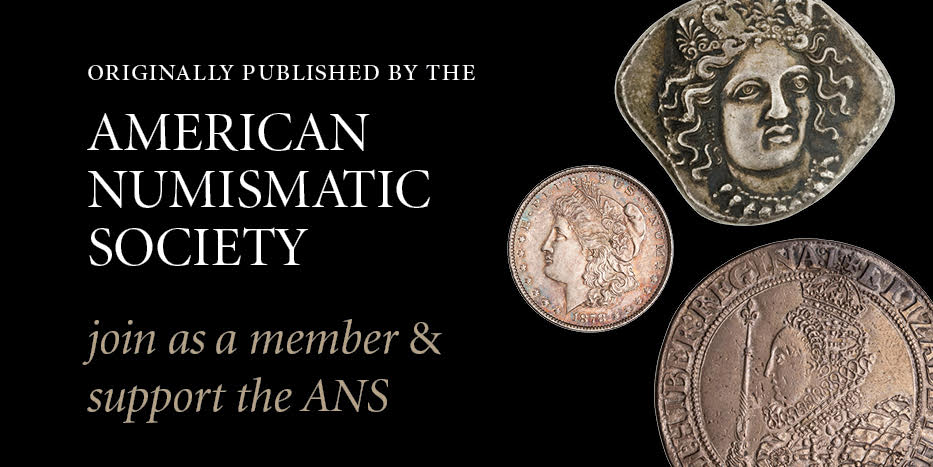
By David Yoon for American Numismatic Society (ANS) ……
The coinage of western Eurasia and its colonial explants featured, from the Archaic Aegean to the 20th century, a tension between two conflicting problems. On one hand, if a monetary system did not represent a wide range of values, then it was inflexible and poorly suited for use in a wide range of transactions. On the other hand, however, as long as commodities like gold and silver were used to represent value, the price volatility of these commodities caused monetary instability. In particular, as long as transaction costs were low enough, arbitrage could drive portions of the system out of circulation.
One common resolution to this problem was to use two or three commodities (e.g., gold and copper) as money, but to overvalue one or two of them by enough that arbitrage between portions of the monetary system was not feasible.
Another was to make a system that tried to keep monetary values fairly close to commodity values for two or three materials and then hope that transaction costs would be high enough to forestall arbitrage.
Comparing different cultures provides opportunities to see how similar problems can be treated in different ways by people who bring different assumptions and techniques to them. East Asian coinage is often used as a comparison to Europe and the Mediterranean because it had a very different path of historical development. In Imperial China, the preferred approach was to use a single commodity–usually a copper alloy, sometimes iron–as the official money, and to let the private sector use other commodities (such as silver ingots) at market value when needed for practicality in large transactions.
A recent inquiry brought my attention to some of the ways that Japan differed from China in regard to these monetary choices. Japanese monetary practices, to the extent that they involved metal coinage, were derived originally from those of Imperial China, and this is reflected in the primacy of cast copper-alloy coins. Yet from the beginning, sporadic experiments occurred with other materials, especially silver, in the monetary system. And during the Edo period (1603–1867), Japan created a multimetallic monetary system similar to those of Europe.
An important intermediary step was made by private issues during the Sengoku period (1467–1573). Takeda Shingen, the lord of Kai province (often referred to as Koshu and corresponding to modern Yamanashi prefecture), began large-scale production of gold pieces denominated as coins.


After the fall of the Takeda lordship, this gold coinage continued, and it became part of the monetary mix used under the Tokugawa shoguns of the Edo period. The reasons for the changes in Japanese monetary practice during this period deserve investigation. Japanese authorities of the time were at least aware of European monetary systems, and the social and economic stability of the Edo period undoubtedly facilitated economic and monetary development. In any case, by the late Edo period, a complex mix of multiple denominations in multiple commodities had become the norm. In addition to the traditional copper-alloy coins, various units of silver and gold were also officially issued for general use.


Somewhat like both the private ingots of China and the coinage of medieval Europe, coins of different commodities in Edo-period Japan did not have a permanently fixed relationship with each other. However, because Edo-period Japan had an almost closed economic system, variation in the market value of money-commodities was a much smaller issue for the monetary system. Many of the problems faced by contemporary European states did not apply. The government could artificially overvalue one metal, for example, without driving another out of circulation.
This changed rapidly after Japan was forced to open its economy to foreign trade in the 1850s. The very different gold-to-silver ratio in Japan as compared to Europe and the Americas encouraged arbitrage, rapidly forcing Japan to shift its monetary system into one that conformed more to 19th-century European expectations.
* * *





